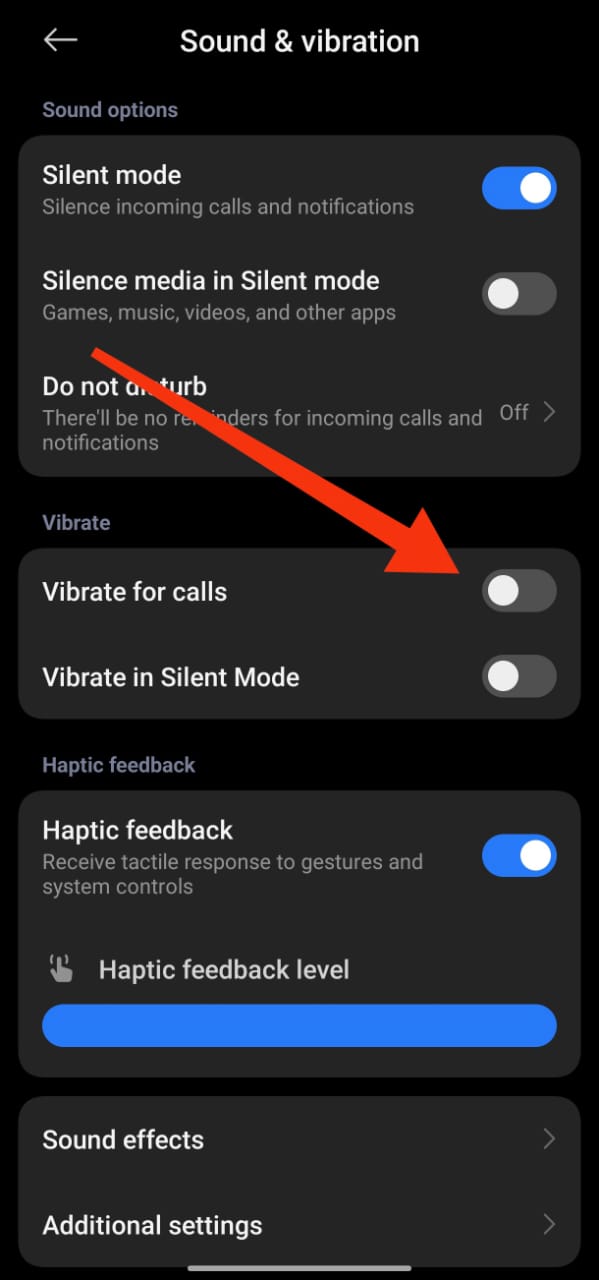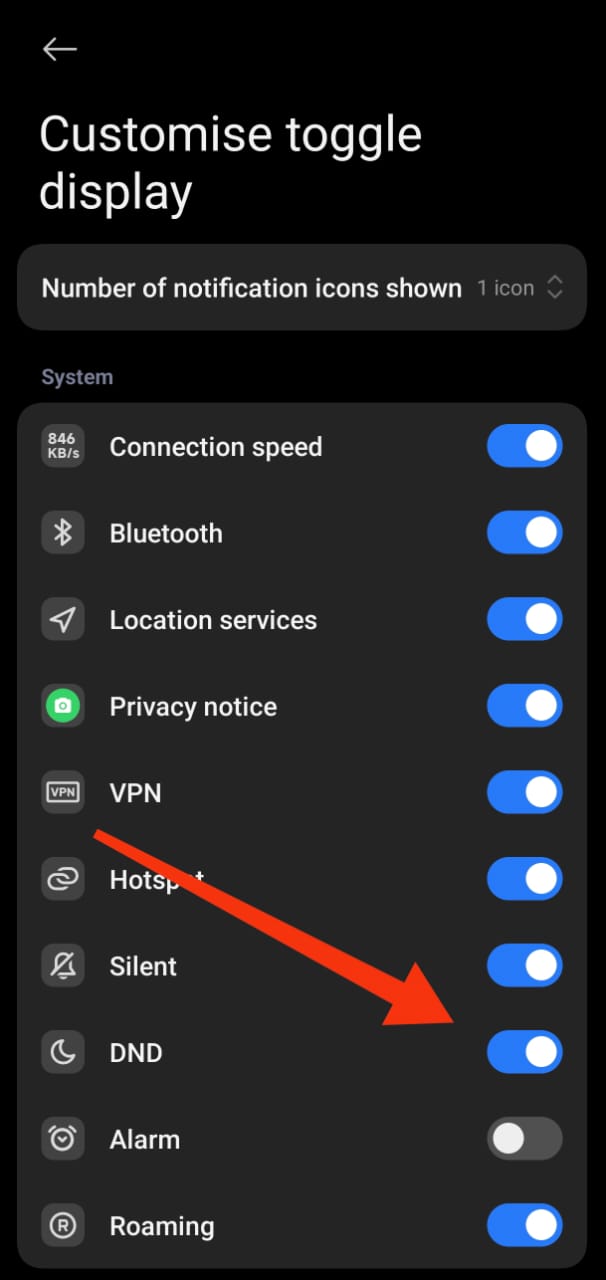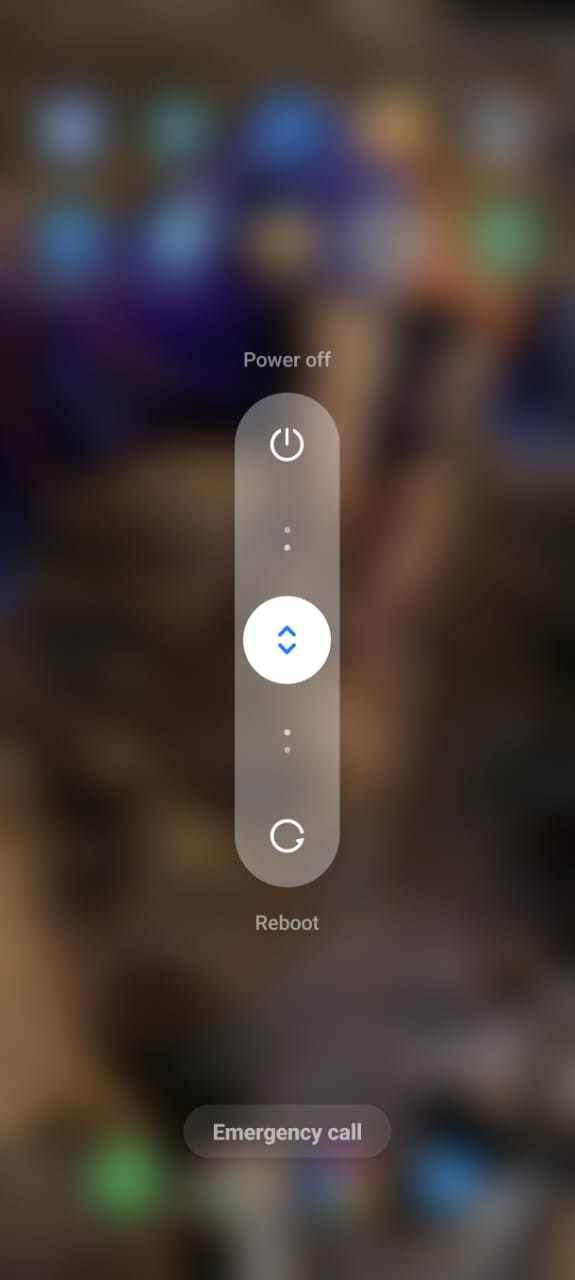Fix: Phone Not Vibrating on Silent (Android + iPhone)
If your phone is not vibrating when it should, it can be frustrating. This guide covers both Android and iPhone with easy-to-follow steps to fix the vibration issue.
Step 1: Check Vibration Settings
Ensure that vibration is enabled in your device settings. On Android, go to Settings → Sound & Vibration. On iPhone, go to Settings → Sounds & Haptics and toggle "Vibrate on Silent".

Step 2: Verify Do Not Disturb
Sometimes, the Do Not Disturb mode can block vibrations. Make sure DND is off or that vibration is allowed in exceptions. Android: Settings → Sound → Do Not Disturb. iPhone: Settings → Focus → Do Not Disturb.

Step 3: Test Vibration with Apps
Some apps provide test functions to check if vibration is working. Android: use the "Vibration Test" app. iPhone: use built-in haptic feedback in apps.

Step 4: Restart Device
Restarting your phone can resolve temporary glitches that may interfere with vibration. Hold the power button and choose the restart option. After your device powers back on, test the vibration using notifications or calls. Sometimes, background apps or minor software bugs can prevent vibration, and a simple restart clears temporary caches and processes, restoring normal functionality.
Step 5: Reset Settings (if needed)
If the vibration issue persists after checking all settings and restarting, consider resetting your device settings. On Android, go to Settings → System → Reset options → Reset all settings. On iPhone, go to Settings → General → Reset → Reset All Settings. This process will not delete your personal data, but it will restore system preferences, which can fix misconfigured options affecting vibration and other functions.
FAQ
- Q: Will resetting settings delete my data?
A: No, it only resets preferences. - Q: Is vibration available on all phones?
A: Most modern phones support it, but some budget models may lack it. - Q: Can a software update fix vibration issues?
A: Yes, keeping your phone updated can fix bugs related to vibration.